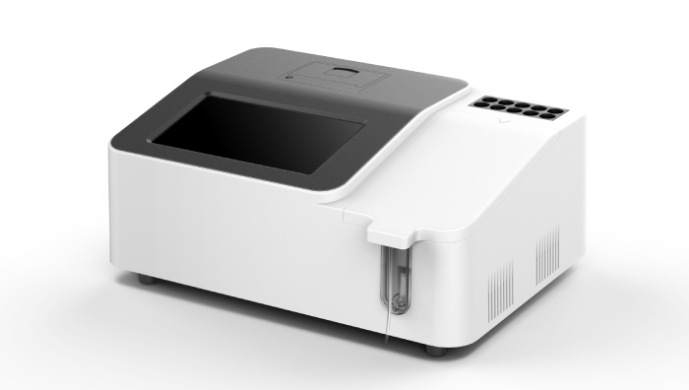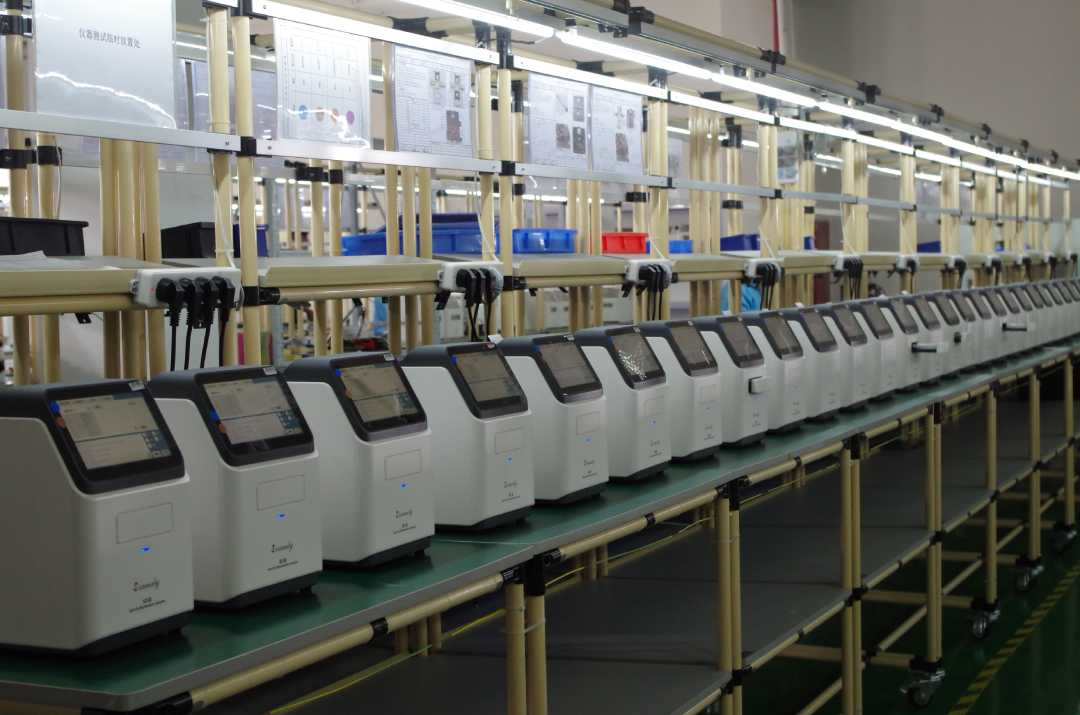Semi-automatic biochemical analyzer has stable performance, simple structure, easy operation, low price and good openness. This analysis machine is widely used in urban community outpatient departments, rural health centers and other primary care institutions. Most of these medical institutions are not equipped with correspondingly qualified testing professionals. When using semi-automatic biochemical analyzers for biochemical testing, errors in the results may occur due to human or instrumental factors. This may affect the effectiveness and quality of treatment, and even lead to medical disputes or medical accidents. In order to improve the accuracy of biochemical test results, quality control must be implemented in the whole process of testing.

1. Semi-automatic biochemical instruments and reagents commissioning, calibration
Semi-automatic biochemical analyzer is an important part of the testing system. Should ensure reliable performance of the instrument, excluding interference from voltage, temperature, humidity and other environmental factors to maintain stable operation. Before starting the semi-automatic biochemical analyzer must be strictly calibrated.
Only use reagents, calibrators, quality control products, etc. that are compatible with the analyzer. Operators should strictly implement the operating procedures to obtain satisfactory test results. Even if the analyzer is open to reagents, qualified reagents should be selected and calibrated several times before use. Otherwise, it may cause systematic errors.
2. Correct collection of blood samples
The blood sample being tested must meet all requirements for the correctness of the test results. With specimens that do not meet the quality requirements for testing, it is better not to carry out this test. Hemolysis, jaundice, celiac blood, anticoagulants, etc., have varying degrees of effect on electrolytes such as potassium, sodium, chloride, lactate dehydrogenase, aspartate transferase, HDL cholesterol and other items. Unqualified blood samples should be processed by means of centrifugation and dilution. This is to avoid the use of non-compliant blood specimens for biochemical testing.
3. Accurate control of manual spiking volume and time
The spiking of semi-automated biochemical analysis is done manually. The amount of reagents and specimens is minimal. In particular, the specimen serum (plasma) is measured in microliters (μl). If the spiked amount is not accurate, it can be said that the difference is a thousand miles. In addition, the rate method (KIN) determination and two-point method (TP) determination, can not be mixed in advance to keep warm. The specimen and reagents should be mixed and then immediately inhaled into the analyzer for testing. In this way, the amount of absorbance change during the reaction can be monitored and the correct results can be obtained.
4. Ensure semi-automatic biochemical analyzer accurate calibrations
Calibration is an important part of the biochemical testing process. It is the equivalent of setting a reference standard for the test system. The initial installation of semi-automatic biochemical analyzer set test items, as well as existing items to change reagents and adjust experimental parameters to perform calibration operations. However, it is necessary to ensure that the concentration of the calibration solution (calibrator) has a clear traceability, accurate assignment and identification. If the actual concentration of the calibration solution does not match with the marked concentration, it will cause serious errors. In general, semi-automated biochemical analysis is mostly performed by spectroscopic analysis, following the Lambert-Beer law.
When the calibration solution is concentrated due to water evaporation, the actual concentration is greater than the labeled concentration. The absorbance increases, and if the calculation is still based on the labeled concentration, the test result will be reduced. Conversely, when the calibration solution is diluted due to water admixture and the actual concentration is less than the labeled concentration, the absorbance decreases. If the concentration is still calculated according to the labeled concentration, the test result will be higher. It is recommended to reduce the number of calibrations when the reagents and experimental parameters are stable. This is to eliminate the errors caused by concentration changes of the calibration solution and sample misalignment. Usually, indoor quality control should also be performed to monitor the precision and ensure the accuracy of the results.
5. Other
When the concentration of the specimen to be measured is too high. For example, when triglycerides are measured in celiac blood specimens or alanine aminotransferase in patients with acute hepatic necrosis, the linear range of the semi-automatic biochemical analyzer or the experimental method may be exceeded. The blood specimen must be diluted and retested. Then multiply the dilution times for the test results. UV (340nm) detection monochromator can be easily damaged due to long-term use, humidity, high temperature and other reasons. This may affect the accuracy of biochemical test results. Should be timely debugging and maintenance.
Summary
The use of semi-automatic biochemical analyzer for test analysis, there is a large part of the manual operation process. Improving the professional competence of test personnel is the primary condition for improving test quality. Only by strictly implementing standardized operating procedures, careful operation, and ensuring reliable instrument performance, advanced experimental methods, accurate calibrations, and qualified and effective reagents and consumables can the semi-automatic biochemical analyzer play an efficient and accurate role.



